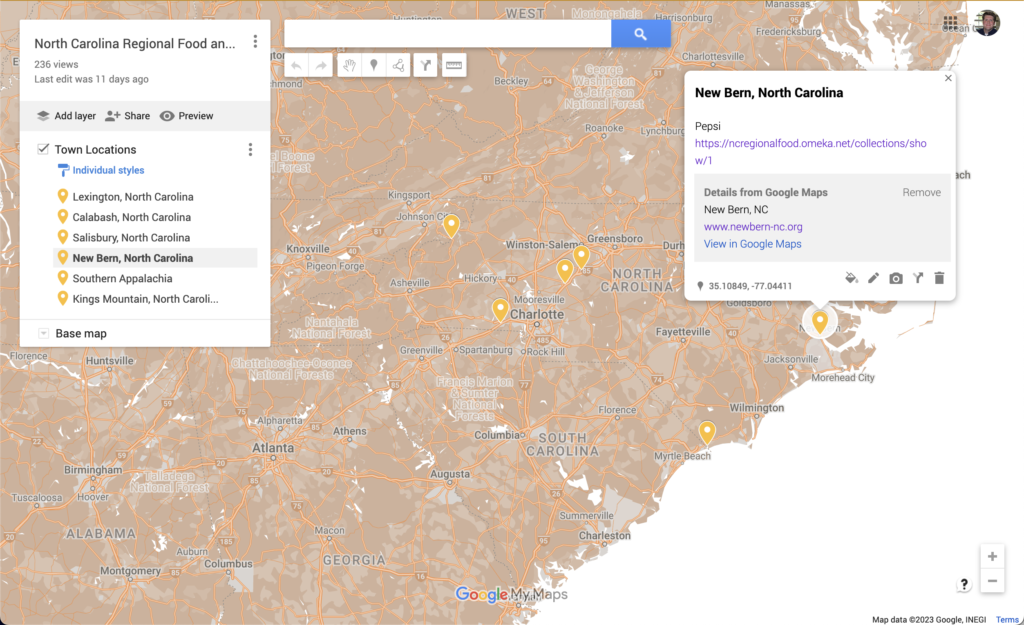Children born today will never know a world not dominated by the internet and social media. This is a statement being a child of the year 2000, I heard all the time, but there is just so much wrong with this statement. First off, this statement suggests that all children born today will be able to have access to the internet, and while the internet is widely available (at a cost) for individuals at home, even if families don’t have internet access at home, they have to either own a device that can connect to the internet and travel somewhere that has a public internet connection or travel somewhere that has a public device with internet access. The second problem is what I will mostly unpack throughout the rest of this blog post, the fact that just because the students are of a generation that is dominated by internet access and technology does not mean that they know how to use it. This is where we as educators can have an impact, and as history educators, we have a special ability to be able to teach certain skills that will have long-lasting impacts on our students by focusing on methodically around digital literacy and historical thinking.
Process > Product
As a new teacher, I plan to use technology religiously within my classroom. As someone who has always been able to use technology and finds comfort within software programs and slide design, it’s something that just comes naturally to me. However, it does help that I have been able to use technology in some way, shape, or form for the majority of my life, and I am blessed to be familiar with it. Some of my future students won’t have the same privilege that I had when it comes to technology, so I will be using it within my classroom to allow all students a space to safely learn about and get comfortable with technology use. Everything from interactive lecture materials to bell ringers/exit tickets to individual/group assignments and projects will all be based around technology and using technology as a tool and not a crutch. One of my new favorite tools that I plan to use within World History is GoogleMyMaps. It’s an online section of Google Maps that lets you drop individual pins on different locations and group those pins into different collections. Within the pins can be information on the location, teacher-written text, or hyperlinks to external websites. All of these are potentially great ways to get students involved and lay the group work for a potential “Google Maps Scavenger Hunt”. Most of all, GoogleMyMaps does what most education-based tools do; they make the information accessible to people when they need it; the problem is simply finding it and making sense of it all. That is where our role as history educators now sits, in that in-between of process over product, history is out there on the internet these days, but it is our job to show students how to fight through all the information being thrown at them and see what truly matters.

T. Mills Kelly writes about this within Presenting: Capturing, Creating, and Writing the Past. Our jobs are no longer to lecture for an hour and then assign a twenty-five-page research paper as proof that you listened to the lecture; our jobs are not to teach students how to DO history instead of simply be thrown history. A key component of this is student-owned identity; students must not feel like this is something that we are telling them they should do; this should be something that they feel compelled to do for themselves, not for us. Too often, I hear stories of people writing papers strictly because it is what they know the teacher wants to hear, and I feel that in public education, that happens a lot too. Students should research and write something just because we think they should, and they should research and write about something that they think they should be looking at. When using technology within the class, especially in the technology age, as people like to say, who should be at the heart of the process is the students; it starts and ends with them.
Kelly, T. Mills. “Presenting: Capturing, Creating, and Writing the Past.” In Teaching History in the Digital Age, Online., Chapter 4. Digital Humanities: Digital Culture Books. Ann Arbor: University of Michigan Press, 2013.